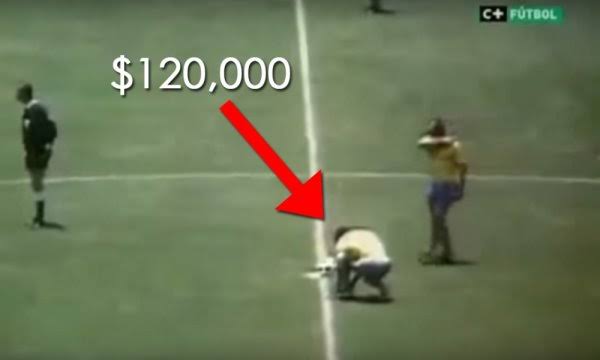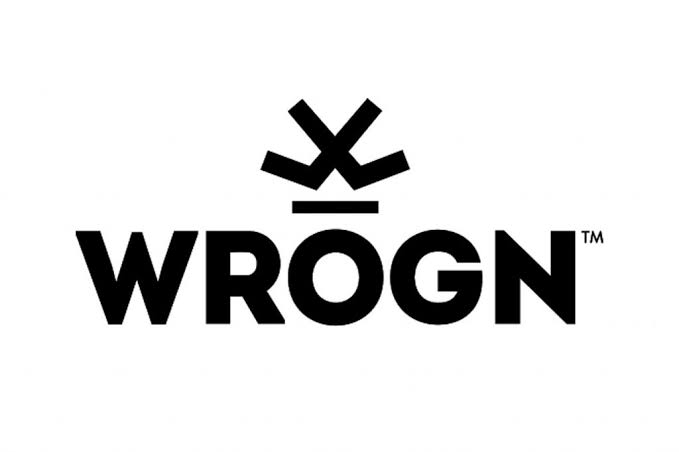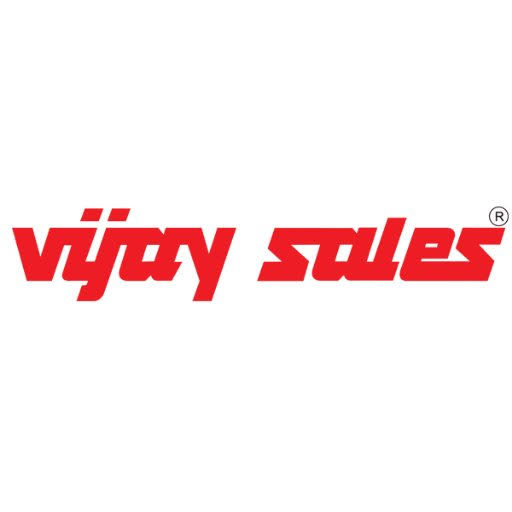
For over 35 years, Thums up ruled the Indian soft drink market.
This iconic brand overcame international brands like Pepsi & Coke, local brands like Campa Cola & even a brand launched by Indian government: Double 7
A thread on history of Thums up and Indian cola wars 🧵
1/
This iconic brand overcame international brands like Pepsi & Coke, local brands like Campa Cola & even a brand launched by Indian government: Double 7
A thread on history of Thums up and Indian cola wars 🧵
1/

1950 - Parle, famous for its Glucose biscuits launches the 1st cola drink in India & calls it Gluco Cola. It's ad was created by RK Lakshman 🙏
Coca Cola had its trademark registered in India but was yet to start selling. It objected & asked Parle to change the name
2/
Coca Cola had its trademark registered in India but was yet to start selling. It objected & asked Parle to change the name
2/
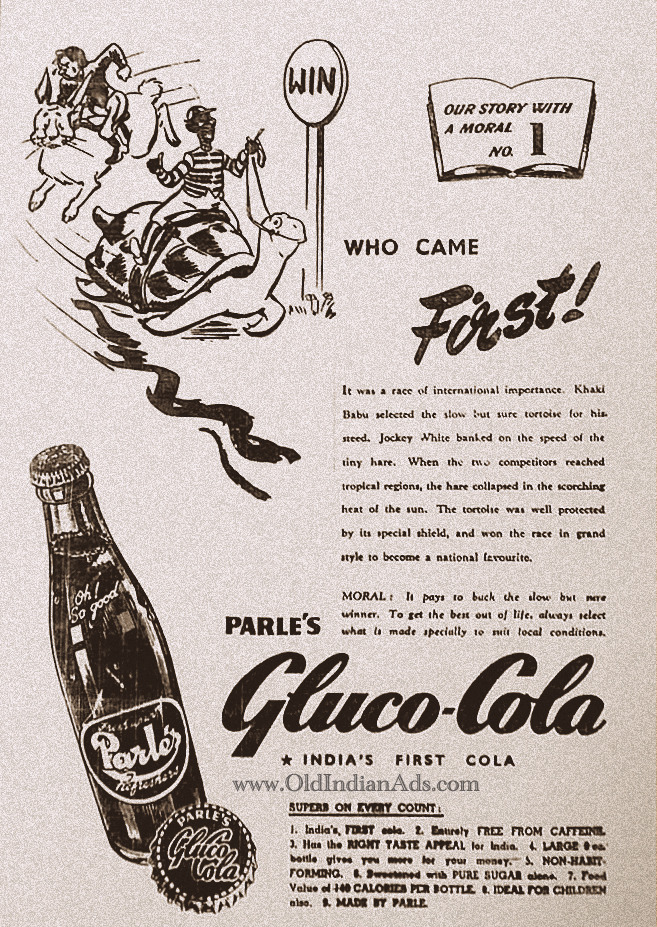
1950 - Parle changed the name to Parle Cola but Coca Cola was adamant to get the Cola removed. To avoid legal battle against the might Coke, Parle dropped the product
3/
3/
1952 - Coke had started production in India. Parle didn't want to give up on its soft drink ambition. Launched an orange flavoured drink, Gold Spot.
Decides to focus on kids as the target audience. Gets fairly well received and gains popularity in few years.
4/
Decides to focus on kids as the target audience. Gets fairly well received and gains popularity in few years.
4/

1970 - By now Parle has established fairly intensive distribution and a good brand of Gold Spot. Launches one more drink with lemon flavour and calls it Limca
This works well and gains popularity especially among the female crowd
5/
This works well and gains popularity especially among the female crowd
5/

1975 - The majority of the market is still dominated by Coke. No other major cola competitor in India
Parle was happy with its number two position thanks to Gold Spot and Limca
6/
Parle was happy with its number two position thanks to Gold Spot and Limca
6/
1977 - Congress government falls after emergency and is replaced by Janta Dal which seems hell bent on nationalization.
Janta Dal asks Coke to reduce its foreign holding to 40% as part of Foreign Exchange regulation act (FERA) and also share its secret concentrate formula
7/
Janta Dal asks Coke to reduce its foreign holding to 40% as part of Foreign Exchange regulation act (FERA) and also share its secret concentrate formula
7/
1977 - Coke decides to leave India. This left a big void with no big cola player. Government tasks Modern foods industries, a PSU to develop a replacement of Coke
A brand with less caffeine is created & named Double 7 (77), after the year in which Janta Dal came into power
8/
A brand with less caffeine is created & named Double 7 (77), after the year in which Janta Dal came into power
8/
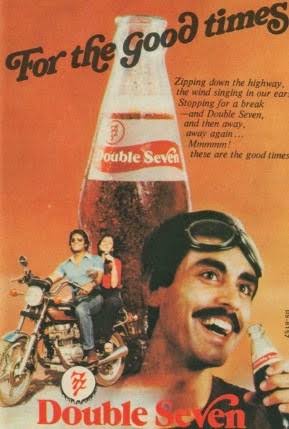
1977 - Double 7 is launched across the country but tastes nothing like Coca Cola and is soon rejected by the country.
Meanwhile, two other players were also busy working on cola products after Coke decided to leave
9/
Meanwhile, two other players were also busy working on cola products after Coke decided to leave
9/
1978 - Pure Drinks which was a bottler for Coke in North India created a drink: Campa Cola, which had very similar branding and taste like Coca cola.
The logo also seemed like a rip off from Coke. But still it got better reception than Double 7
10/
The logo also seemed like a rip off from Coke. But still it got better reception than Double 7
10/
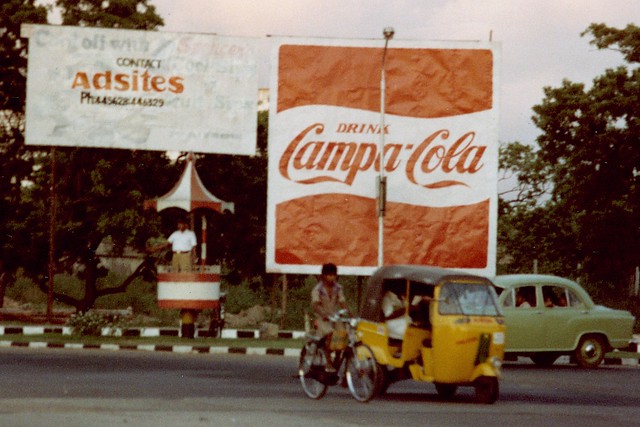
1978 - Without any doubt, Parle was in the best position to capitalise on this void. And it created a drink which used indian spices like cardamom, cinnamon, lemon oil, etc. This gave it a different and stronger taste than others
11/
11/
1978 - Thums up is launched. Initially it was to be named Thumbs up but the B was removed to ensure the name is not generic
The launch was done with heavy advertising & tagline 'Happy days are here again'. Ads suggested to have thums up with food items which became a habit
12/
The launch was done with heavy advertising & tagline 'Happy days are here again'. Ads suggested to have thums up with food items which became a habit
12/

1980 - Thums up became the preferred choice to fill the gap thanks to its unique taste and aggressive advertising
Company kept spending on increasing brand awareness by bringing cricketers like Sunil Gavaskar, Ravi Shastri and Sandeep Patil
13/
Company kept spending on increasing brand awareness by bringing cricketers like Sunil Gavaskar, Ravi Shastri and Sandeep Patil
13/

1982 - To compete with the much stronger Thums up, Campa cola decides to cut the price on its 200 ml bottle.
Thums up reverts with something completely unexpected. Instead of reducing the price, it increases the bottle size to 250 ml with same price
Labels it Maha Cola
14/
Thums up reverts with something completely unexpected. Instead of reducing the price, it increases the bottle size to 250 ml with same price
Labels it Maha Cola
14/

1983 - Maha Cola made Thums up even more popular. Its market share was around 60% that time with Campa the distant second
In late 80s, India's financial condition was not so great & there were discussions to open foreign investments. It meant Coke & Pepsi can come to India
15/
In late 80s, India's financial condition was not so great & there were discussions to open foreign investments. It meant Coke & Pepsi can come to India
15/
1990 - it happened. Pepsi arrived in India with its three major beverage brands like Pepsi, Mirinda and Seven up.
It started promoting Pepsi among the Indian consumers by distributing free coupons and heavy advertising on billboards
16/
It started promoting Pepsi among the Indian consumers by distributing free coupons and heavy advertising on billboards
16/
1991 - Pepsi does a survey in Bangalore to gauge people's preferences and finds that only 10% of the people preferred it over Thums up
Shocked, Pepsi decided to use its financial muscle to run extensive campaigns on TV with Juhi Chawla, Aishwarya Rai, Sachin and Shahrukh
17/
Shocked, Pepsi decided to use its financial muscle to run extensive campaigns on TV with Juhi Chawla, Aishwarya Rai, Sachin and Shahrukh
17/
In response to Pepsi's ads, Thums up started a campaign : Taste the Thunder which might be the longest running campaign ever with stars like Salman Khan, Akshay Kumar, Ranveer Singh featured over the years
18/
18/

In a lot of its ads (like below), Thums up downplays Pepsi by calling it a product for Kids and Thums up for grown ups.
This helped them control the loss of market share to Pepsi
19/
This helped them control the loss of market share to Pepsi
19/
1993 - Coke makes a come back and wants to get its No.1 position
It decides to go all out against Pepsi & Thums up. It offers to acquire Thums up. Legends have it that Coke even told Parle that if they don't sell Thums up, they would give free coke to India for a year
20/
It decides to go all out against Pepsi & Thums up. It offers to acquire Thums up. Legends have it that Coke even told Parle that if they don't sell Thums up, they would give free coke to India for a year
20/

Finally, under a lot of pressure, Parle succumbed and sold it's brands : Thums up, Gold Spot and Limca to Thums up for a reportedly 60 million $ deal
21/
21/

After the acquisition, Coca cola reduced the focus on Thums up and other Parle brands. It wanted Coke to become the number one brand in India.
But Thums up continued to rule the market staying ahead of both Pepsi and Coca cola till 2010
22/
But Thums up continued to rule the market staying ahead of both Pepsi and Coca cola till 2010
22/
It's taste the thunder campaigns maintained the popularity of the drink. Till 2013, it was the top soft drink brand of the country with close to 20% market share.
23/
23/
But it was overtaken by Sprite in around 2016. Still it clocks around 6500 crores a year in sales and is on its way to become a billion dollar brand for Coke 🙏
24/
24/
Sources:
livemint.com/Consumer/fl4OI…
m.businesstoday.in/story/the-bran…
livemint.com/Opinion/IpDvcL…
Google images for images 👍
25/25
livemint.com/Consumer/fl4OI…
m.businesstoday.in/story/the-bran…
livemint.com/Opinion/IpDvcL…
Google images for images 👍
25/25
For more such indian brand stories and business concepts, check out simplanations.in
• • •
Missing some Tweet in this thread? You can try to
force a refresh

